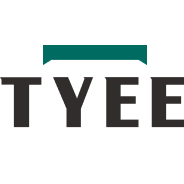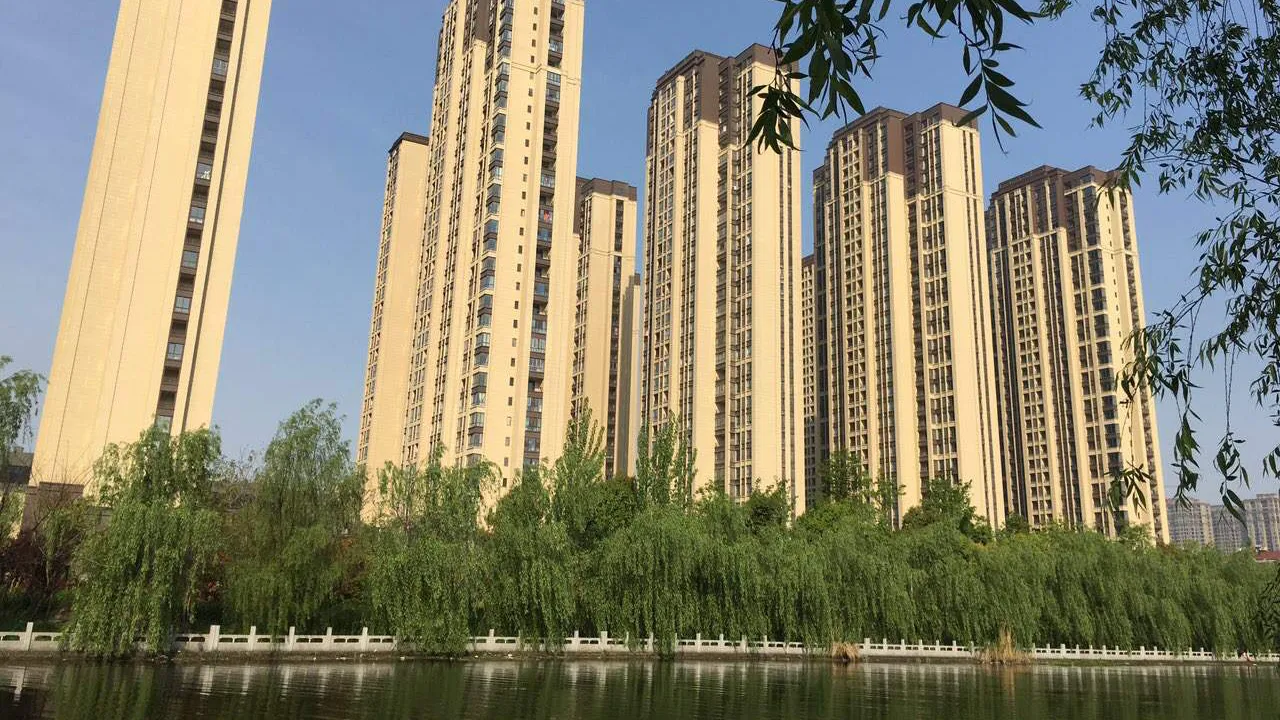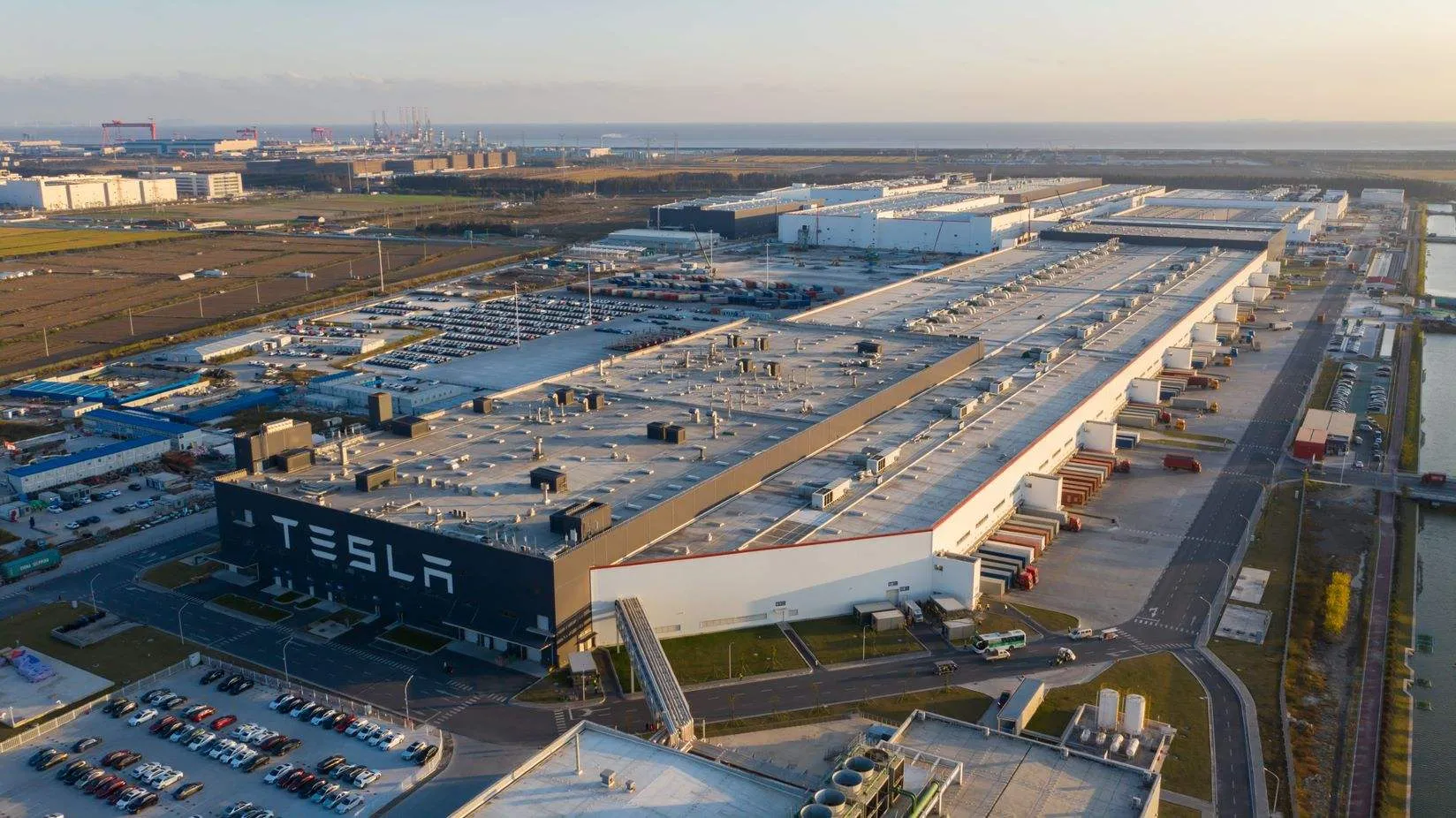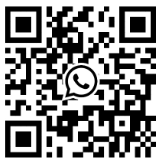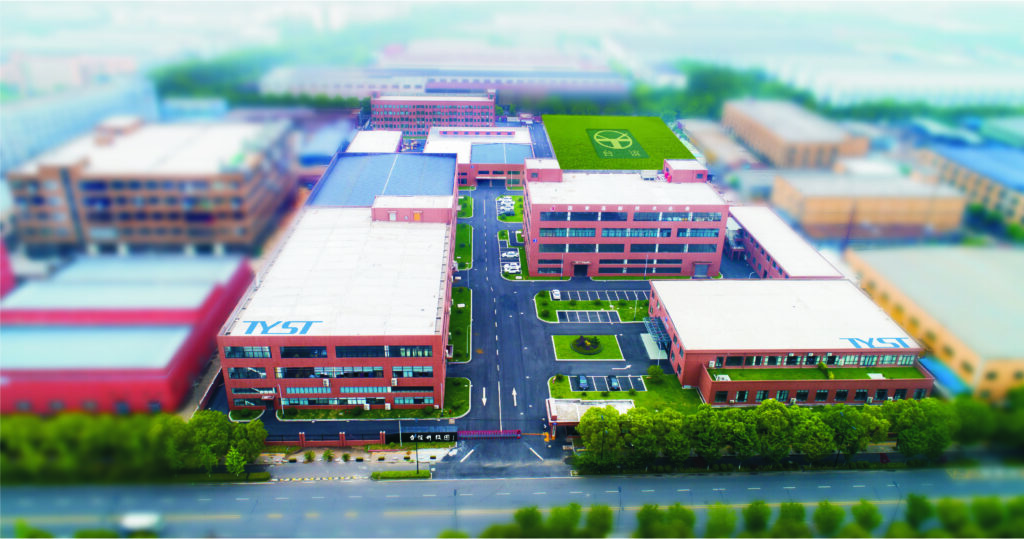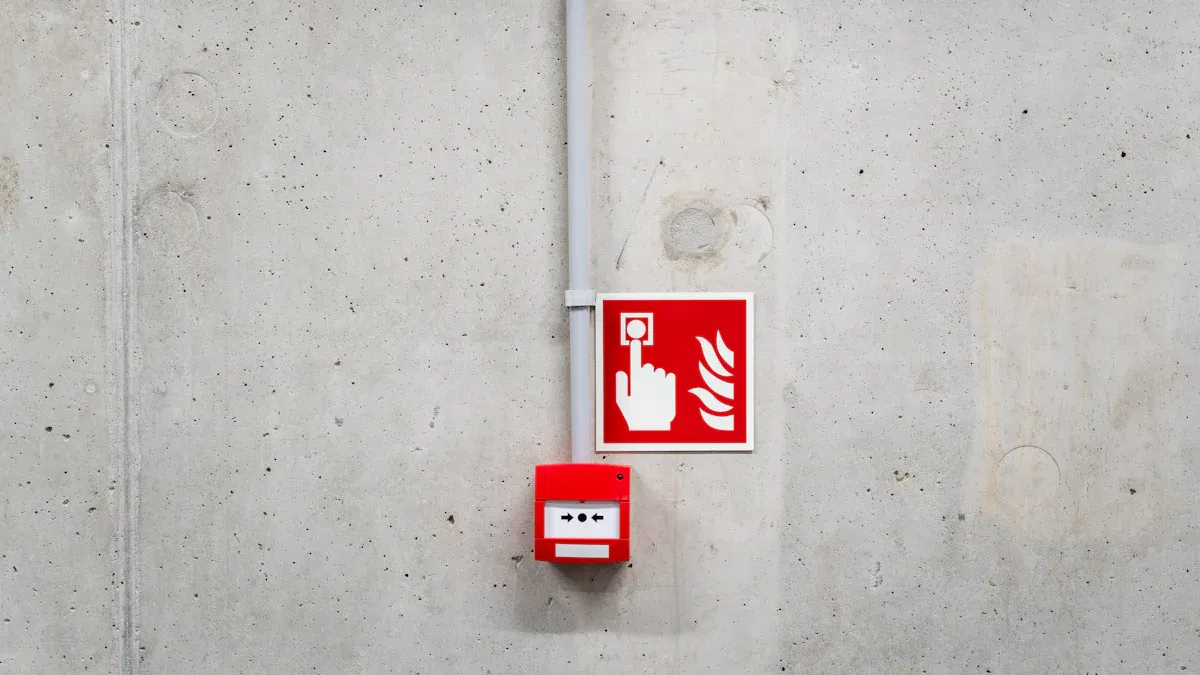
When you handle the wiring and installation of fire alarm systems in businesses, you encounter challenges that can impact safety, regulatory compliance, and daily operations. Properly installed fire alarm systems are essential for early detection of hazards, ensuring the safety of occupants. They help you meet fire codes and avoid costly legal issues. These systems also reduce insurance premiums, provide continuous monitoring for potential dangers, and enable quicker emergency response. When you require reliable and robust fire alarm systems solutions, tyee is your trusted partner. With extensive experience in wiring and installation across a wide range of projects, tyee delivers expertise you can count on.
Why Wiring and Installation Matter in B2B Fire Alarm Projects
The high stakes of commercial/industrial fire protection
Fire safety is very important in big businesses. Fires can start from bad wiring or messy work areas. Storing flammable things the wrong way is also risky. If air does not move well, gas can build up and explode. Machines that are not cared for can cause fires too. People can make mistakes with dangerous materials. These problems can lead to:
People getting hurt or dying
Buildings and things getting ruined
Businesses stopping work and losing trust
You need to check equipment often and train workers. It is important to follow fire safety rules. Reliable Fire Alarm Systems help spot danger early and get help fast. They also help you avoid big fines and legal trouble.
Common failures traced back to installation issues
Many Fire Alarm System problems start with bad Wiring and Installation. In business places, you might see:
Wires and equipment not hidden well, which can break fire rules and lose trust.
Cables that are too long or short, making a mess or causing power problems.
Forgetting tamper switch signals, so no one knows if a device is taken away.
These mistakes can make the system weak and not work right. They can also break rules and hurt your business’s good name. You must fix these problems to keep your business safe.
Overview of what this article will help you understand
This article will show you the main steps for Wiring and Installation in Fire Alarm Systems for businesses. You will find out:
How to plan your system, like making wiring maps and checking power needs.
Why getting the site ready matters, such as putting in cable trays and conduits.
Good ways to pull cables, connect wires, and make sure everything is tight.
Why you must test, start up, and keep checking the system.
You will also learn how tyee’s skills and products—like the Automatic Fire Alarm System and Fire Alarm Controller—can help you fix common problems. Tyee’s smart sensors, multi-sensor systems, and easy-to-use platforms make sure your fire safety is strong, follows the rules, and is ready for anything.
Laying the Groundwork: Planning Before Installation
You need a good plan before starting Wiring and Installation for Fire Alarm Systems. Planning helps you not make expensive mistakes. It also keeps your project on time and people safe. Many B2B projects have problems when planning is skipped or rushed. Here is what you should do.
Site Assessment: Understanding Building Needs
All buildings are different. You have to look at how the building is built and used. You also need to find out what fire hazards are there. If you skip this, you might miss dangers or put alarms in bad spots.
Tip: Walk through the building before you design the system. Write down where exits, risky areas, and special hazards are.
Key things to check include:
How the building is set up and what it is used for
Places with high fire risk, like kitchens or storage rooms
What wiring and systems are already there
If you need to connect to other systems, like elevators or emergency lights
Local fire codes and rules
Big or tricky buildings may need special tools like 3D modeling. These tools help you pick the best spots for sensors and alarms. For example, in tyee’s African Market project, the team had to deal with hard building layouts and local rules. They did a careful site check to pick the right mix of wireless and wired devices. This made sure the whole place was covered without big changes to the building.
System Design and Layout Planning
After you know the building, you can design the system. Many B2B projects fail because the design does not fit the building. Mistakes happen when people forget devices, make unclear plans, or do not think about future changes.
Impact | How to Avoid | |
|---|---|---|
Missing life-safety components | Failed inspections, unsafe buildings | List all needed devices early |
Poor electrical planning | Delays, unreliable operation | Double-check circuit requirements |
Unclear mechanical integration | Confusion, system conflicts | Clarify all equipment in documents |
You should:
Add all devices you need, like panels, detectors, strobes, and pull stations
Make it easy to fix and upgrade the system later
Plan to connect with other building systems
Test your design with practice runs or models
Tyee’s solutions use smart tech like IoT and AI to help you make systems that can grow and change. Their wireless fire alarm equipment works well in hard places to reach. This saves time and money. In the African Market Case Study, tyee’s team used smart tools to put detectors where they would find fires fast, even in tough spots.
Compliance from Day One
You have to follow strict rules when you install Fire Alarm Systems. These rules keep people and buildings safe. If you do not follow them, you could get fined or fail inspections.
Note: Always check the newest NFPA 72 and local fire codes before you start.
Key steps for following rules:
Use NFPA 72 for installing, testing, and keeping up the system
Add systems that warn people and emergency services
Make sure you have backup power, like batteries or generators
Connect to emergency communication systems if needed
Checking your system often and writing everything down helps you follow the rules. Tyee’s products have certifications like UL, CE, and ISO9001. This makes it easier to meet world and local standards. Their team also helps with training and support, so you can keep your system up to code.
Bad planning can cause big problems. In real life, skipping checks or not connecting systems right has made systems fail and businesses lose money. Some markets even had to close. You can stop these problems by planning well and working with trusted partners like tyee.
The Installation Process: Wiring Done Right
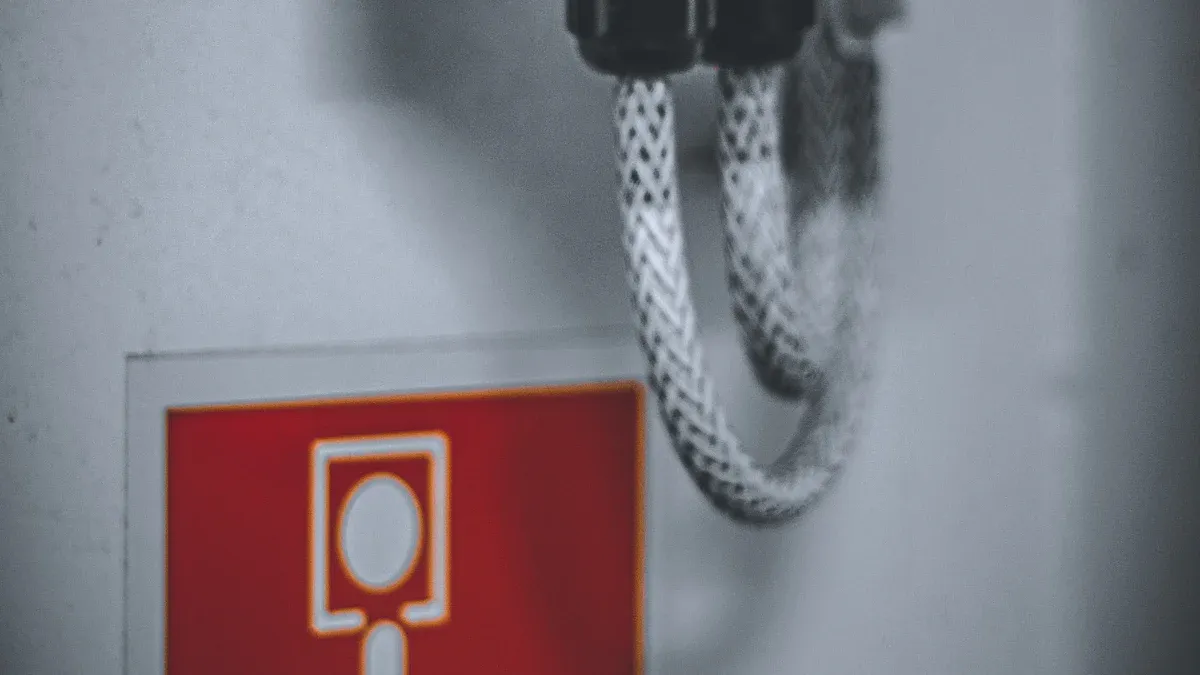
Equipment Setup and Placement
Start by setting up equipment in the right places. Always follow NEC and NFPA 72 rules. Smoke detectors should not be more than 30 feet apart on flat ceilings. Put detectors in every room people use and in important spots like stairs, IT rooms, and exits. Ceiling detectors need to be at least 4 inches from the wall. Wall detectors should be 4 to 12 inches below the ceiling. Do not put detectors near kitchens, bathrooms, vents, or windows. This helps stop false alarms.
Use interconnected alarms so all alarms sound together. This lets everyone hear the warning fast. Wireless alarms make it easy to add or move devices. Make sure you can reach detectors for tests and battery changes. Test alarms every month and clean them often. Change alarms every ten years. Never paint smoke alarms because paint blocks the sensors.
Tyee’s TY2001 Automatic Fire Alarm System makes setup simple. Its smart detectors use multi-sensor technology to find fires quickly and cut down on false alarms. The system’s design works for many buildings, like offices and factories. Tyee’s Emergency Lighting and Evacuation Indication System uses clear signs to guide people to safety during emergencies.
Tip: Ask your local fire department for help with placement and checks.
Smart Wiring Practices
Wiring and Installation must follow strict rules to keep Fire Alarm Systems working well. Hard-wired systems give steady power and avoid wireless problems. Use the right cables for each area. FPL cables are for general use. FPLR cables go in riser shafts. FPLP cables are for plenum spaces. These cables do not burn easily and make little smoke. They keep signals strong even if there is a fire.
Here are some smart wiring tips: Plan wire paths to avoid sharp turns and damage. Label all cables so you can fix problems easily. Keep wires away from high-voltage lines to stop interference. Use trays and conduits to protect wires. Make sure all connections are tight and safe.
Tyee’s systems use a non-polarized wiring method. This makes installation faster and helps prevent mistakes. Their products meet national and international standards. You can trust the wiring to last and work well.
Cable Type | Use Area | Key Features |
|---|---|---|
FPL | General purpose | Flame-retardant, durable |
FPLR | Riser shafts | Vertical fire resistance |
FPLP | Plenum spaces | Low smoke, high safety |
Power Supply and Backup Considerations
A good power supply keeps Fire Alarm Systems working in emergencies. You need a main power source and a backup. Battery backups must run the system for at least 24 hours. They must also sound alarms for 5 minutes after that. Some remote systems need up to 60 hours of standby power. Generators should start within 60 seconds if the main power fails.
Follow these steps for power and backup: Check power units twice a year. Replace batteries every 3-5 years. Watch voltage levels and look for warning lights. Use chargers to keep batteries full. Notification circuits need steady 24 VDC power. Put power supplies in dry, safe places.
Tyee’s fire alarm controllers and emergency lighting systems work with 12V and 24V power. They have smart monitoring to warn you if power drops or batteries need service. This helps you avoid problems and keeps your system ready.
Note: Always follow NFPA 72 and NFPA 110 rules for power supply setup and testing.
Final Testing and Commissioning
Before you finish, test every part of your Fire Alarm Systems. Check detectors, control panels, alarms, and backup power. Test water flow switches, pull stations, and notification devices. Make sure alarms sound everywhere and emergency lights work.
You should do a full system test with your team and local fire officials. Write down all test results and fix problems right away. Train staff on how to use the system and what to do if alarms go off.
Tyee’s systems make testing easy. The TY2001 controller has a display that shows real-time data and test results. Their emergency lighting system lets you check every light from one panel.
Regular maintenance and professional checks keep your system working well. Plan for checks every three months and every year. Clean detectors, change batteries, and update records. Professional installers, like tyee’s team, give expert help and training. This keeps your system ready and up to code.
After Installation: What Ensures Long-Term Reliability
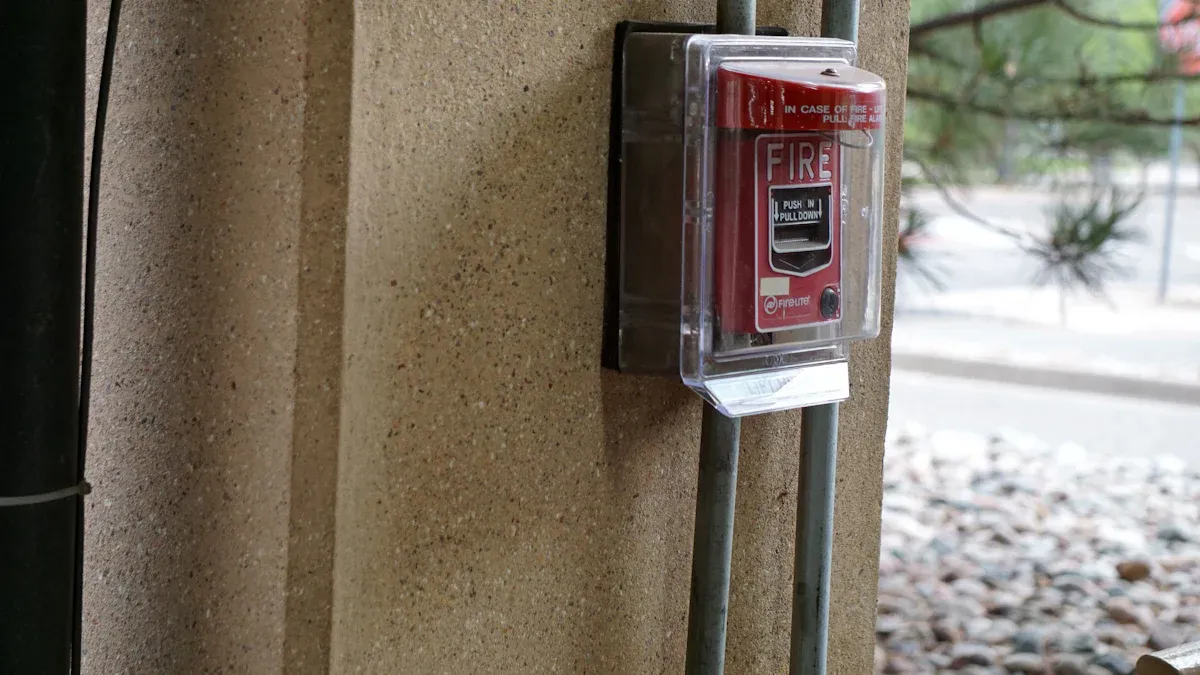
Smart Integration and Remote Monitoring
A good installation is not enough to keep fire alarm systems working well. Smart integration and remote monitoring help you stay in control. You can check your system from anywhere, anytime. Alerts come to your phone, email, or apps right away. This lets you act fast, even if you are not there. You can connect fire alarm systems with other safety tools, like carbon monoxide sensors and sprinklers. This makes a strong safety network. Centralized control helps you manage many places at once. You also talk better with emergency responders. This keeps people safe and lowers damage.
Remote monitoring lets you watch your system all the time.
You get alerts in different ways.
You can connect with other safety systems for full protection.
Remote checks help you fix problems fast.
Retrofitting in Existing Facilities
It can be hard to add fire alarm systems to old buildings. Old wiring, thick walls, or busy work areas can cause trouble. Wireless mesh technology helps with these problems. Devices talk to each other without new wires. This makes upgrades quick and less messy. Always follow NFPA 72 and local rules when you upgrade. Plan with everyone before you start. Keep people safe while you work. Do the work when it will not stop business. Use clear signs and teach staff about new features.
Ongoing Maintenance and Inspection
Regular care keeps fire alarm systems ready for emergencies. You should check and test your system often. This helps you find problems before they get worse. Follow a set plan for checks and cleaning.
Frequency | Notes | |
|---|---|---|
Visual Inspection | Monthly | Look for damage or tampering |
Functional Testing | Every 6 Months | Test alarms and sensors |
External Cleaning | Annually | Clean detectors, especially in dusty places |
Special Cleaning | As Needed | After false alarms or alerts |
Keep good records of all work. Teach your staff to spot problems and know what to do in an emergency. Practice drills help everyone stay calm and act fast. Upgrading to new technology, like AI-driven sensors, helps find fires and lowers false alarms. Working with trusted companies like tyee gives you expert help, quick upgrades, and good service.
Key Takeaway: Plan well, use experts for installation, and take care of your system. Use new technology and work with pros to keep your business safe and follow the rules.
It can be hard to put fire alarm systems in big buildings. Picking a good company like tyee helps you follow safety rules and not make expensive errors. Checking your system often, teaching workers, and using new tech keeps everything working. Look at the table below for important tips:
Aspect | What You Should Do |
|---|---|
Installation | Hire experts so the work is safe and follows rules |
Maintenance | Check your system every month and year |
System Features | Pick smart systems that can grow with your needs |
Compliance | Always follow safety rules and get needed papers |
Be ready—look at your system now, fix problems, and plan updates to keep your business safe.
Key Takeaways
Plan thoroughly before installation. A comprehensive assessment and layout reduce costly mistakes and ensure code compliance.
Use proper equipment and wiring. Following fire codes and best practices ensures your system works when it’s needed most.
Test and inspect regularly. Ongoing maintenance ensures reliability and helps catch problems early.
Embrace smart integration. Remote monitoring and automation improve emergency response and efficiency.
Partner with experts. Tyee offers professional support to ensure compliance and long-term fire safety.
FAQ
What is the most common mistake during fire alarm system installation?
Many installers do not plan or check the site first. This means they miss dangers and put devices in bad spots. Always look at building plans and fire risks before you start.
How often should you test your fire alarm system?
Test your fire alarm system once a month. Do a full check and clean it every year. Regular checks help you find problems early and keep the system working.
Can you upgrade an old fire alarm system without rewiring the whole building?
Yes, you can use wireless devices or mesh networks to add new parts. This saves time and does not mess up the building. Always make sure upgrades follow local fire codes.
Why do you need backup power for fire alarm systems?
Backup power keeps the fire alarm system working if the power goes out. Batteries or generators make sure alarms and lights work when needed. This keeps people and things safe.
How does tyee help with compliance and maintenance?
Tyee gives certified products and expert help. They help with setup, regular checks, and teaching staff. Their systems make it easy to follow safety rules and keep alarms ready.

